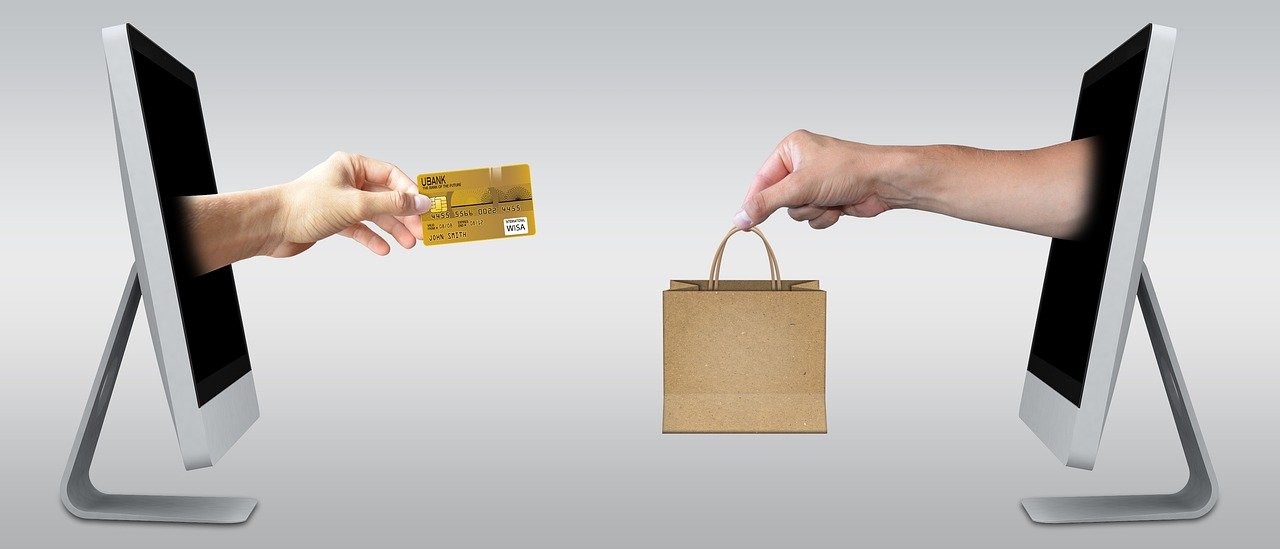Dropshipping has emerged as a popular e-commerce model, allowing entrepreneurs to start an online business without the burden of managing inventory or shipping. This guide provides a comprehensive overview of dropshipping, covering everything from its core principles to practical strategies for success. Whether you’re a budding entrepreneur or simply curious about alternative business models, this post will equip you with the knowledge to navigate the world of dropshipping.
What is Dropshipping?
The Basics of Dropshipping
Dropshipping is a retail fulfillment method where you, as the store owner, don’t keep the products you sell in stock. Instead, when a customer purchases a product from your online store, you purchase the item from a third-party supplier (usually a wholesaler or manufacturer), who then ships it directly to the customer. You never see or handle the product yourself.
- No Inventory Management: Eliminates the need to invest in and manage physical inventory.
- Lower Startup Costs: Reduces the initial investment required to start an e-commerce business.
- Wider Product Selection: Allows you to offer a broader range of products without the risk of holding unsold inventory.
- Location Flexibility: Enables you to run your business from anywhere with an internet connection.
How Dropshipping Works: A Step-by-Step Process
Understanding the workflow is crucial. Here’s a breakdown of the typical dropshipping process:
- Customer Places Order: A customer visits your online store and places an order.
- Order Forwarded to Supplier: You automatically or manually forward the order and customer details to your dropshipping supplier.
- Supplier Ships the Product: The supplier packages and ships the product directly to the customer under your brand (in most cases).
- Customer Receives Order: The customer receives the product as if it came directly from your online store.
Example: Imagine you’re selling phone cases online. A customer orders a specific case. You then forward that order to your dropshipping supplier, who fulfills the order and ships the case directly to your customer. You profit from the difference between the price you charge the customer and the price the supplier charges you.
Benefits and Drawbacks of Dropshipping
Advantages of the Dropshipping Model
Dropshipping offers several compelling benefits, particularly for beginners:
- Low Startup Capital: One of the biggest advantages is the minimal upfront investment. You don’t need to invest in inventory.
- Wide Product Range: You can easily experiment with different product niches without financial risk.
- Scalability: Easier to scale as order fulfillment is handled by the supplier.
- Flexibility: Run your business from anywhere in the world.
Potential Challenges and How to Overcome Them
Dropshipping isn’t without its challenges. Here’s what to watch out for and how to tackle common issues:
- Lower Profit Margins: The competition can drive down prices, resulting in lower profit margins. Solution: Focus on niche products, build a strong brand, and offer exceptional customer service to justify higher prices.
- Inventory Management Issues: You rely on the supplier’s inventory, which can lead to stockouts and inaccurate information. Solution: Work with reliable suppliers who provide real-time inventory updates.
- Shipping Complexities: Dealing with multiple suppliers can complicate shipping logistics. Solution: Automate order fulfillment processes and communicate clearly with suppliers.
- Supplier Errors: Relying on a third party means you are responsible for their mistakes (e.g., wrong product, damaged goods). Solution: Vet suppliers thoroughly and establish clear communication channels for resolving issues.
According to Statista, retail e-commerce sales worldwide amounted to 5.7 trillion US dollars in 2022 and are forecast to reach 8.1 trillion US dollars by 2026. Dropshipping is a portion of this significant market, and understanding its challenges is crucial for profitability.
Finding the Right Dropshipping Suppliers
Vetting Potential Suppliers
The success of your dropshipping business hinges on finding reliable suppliers. Here’s how to identify trustworthy partners:
- Research and Due Diligence: Look for suppliers with a proven track record, positive reviews, and industry experience.
- Sample Orders: Place sample orders to assess product quality, shipping times, and overall service.
- Communication: Evaluate their responsiveness and communication skills.
- Payment Terms: Understand their payment policies and ensure they align with your business needs.
Popular Dropshipping Platforms and Marketplaces
Several platforms connect dropshippers with suppliers:
- Oberlo: (Now Closed) Formerly a popular Shopify app connecting users to suppliers via AliExpress. While Oberlo itself is no longer available, AliExpress remains a significant source.
- AliExpress: A vast marketplace with a wide range of suppliers, often used by dropshippers.
- SaleHoo: A directory of vetted dropshipping suppliers and wholesalers.
- Worldwide Brands: Another directory providing access to certified dropshippers and wholesalers.
- Spocket: Connects dropshippers with suppliers primarily in the US and Europe, offering faster shipping times and higher-quality products.
Example: Using Spocket, you can filter suppliers by location (e.g., United States) to find suppliers who ship quickly within the US. This significantly reduces shipping times compared to using suppliers based in China.
Setting Up Your Dropshipping Store
Choosing the Right E-commerce Platform
Selecting the right e-commerce platform is crucial for a seamless dropshipping experience:
- Shopify: A popular choice due to its ease of use, extensive app ecosystem, and dropshipping integrations.
- WooCommerce (WordPress): A flexible option that allows for extensive customization.
- BigCommerce: A scalable platform with robust features for growing businesses.
Essential Store Setup Steps
Here’s a checklist for setting up your dropshipping store:
- Choose a Domain Name: Select a domain name that is relevant to your niche and easy to remember.
- Design Your Store: Create a visually appealing and user-friendly website design.
- Write Compelling Product Descriptions: Craft detailed and engaging product descriptions that highlight the benefits of each item.
- Set Up Payment Gateways: Integrate secure payment gateways like PayPal and Stripe to facilitate online transactions.
- Configure Shipping Settings: Set up appropriate shipping options and rates.
Tip: Invest in professional product photography or use high-quality images provided by your suppliers to enhance the visual appeal of your store.
Marketing Your Dropshipping Business
Effective Marketing Strategies
Driving traffic to your dropshipping store requires a strategic marketing approach:
- Search Engine Optimization (SEO): Optimize your website and product listings to rank higher in search engine results.
- Social Media Marketing: Engage with your target audience on platforms like Facebook, Instagram, and Pinterest.
- Paid Advertising: Run targeted ad campaigns on Google Ads and social media to reach potential customers.
- Email Marketing: Build an email list and send out newsletters, promotions, and product updates.
- Content Marketing: Create valuable content, such as blog posts and videos, to attract and engage your target audience.
Measuring and Analyzing Marketing Performance
Tracking your marketing efforts is essential for optimizing your campaigns:
- Google Analytics: Use Google Analytics to track website traffic, user behavior, and conversion rates.
- Social Media Analytics: Monitor engagement metrics on social media platforms to understand what content resonates with your audience.
- A/B Testing: Experiment with different ad creatives, landing pages, and email subject lines to improve performance.
Example: If you’re running Facebook ads, track the cost per click (CPC), conversion rate, and return on ad spend (ROAS) to determine which ads are performing best and adjust your strategy accordingly.
Conclusion
Dropshipping presents a viable entry point into the world of e-commerce, offering flexibility and lower startup costs. However, success in dropshipping requires careful planning, diligent supplier selection, and effective marketing strategies. By understanding the benefits, challenges, and best practices outlined in this guide, you can navigate the complexities of dropshipping and build a profitable online business. The key takeaway is to focus on providing exceptional customer service and building a strong brand to differentiate yourself in a competitive market. With the right approach, dropshipping can be a rewarding and sustainable business venture.



